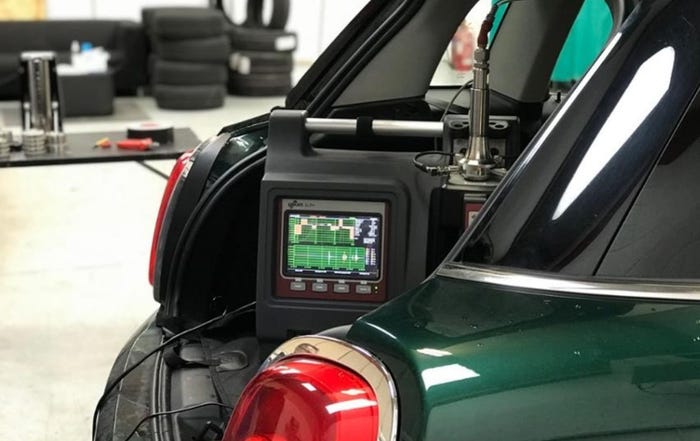Incentives Peak?
Heavy incentives may have reached the saturation point, a Wall Street analyst says at last month's Management Briefing Seminars in Traverse City, MI. John Casesa, first vice president of Merrill Lynch, says dollars spent on incentives are not producing sales at the same level they have sustained since the 9/11 terrorist attacks, when General Motors Corp. went to 0% financing to kick-start sales. It
September 1, 2004

Heavy incentives may have reached the saturation point, a Wall Street analyst says at last month's Management Briefing Seminars in Traverse City, MI.
John Casesa, first vice president of Merrill Lynch, says dollars spent on incentives are not producing sales at the same level they have sustained since the 9/11 terrorist attacks, when General Motors Corp. went to 0% financing to kick-start sales.
“It looks like the market is saturated,” Casesa says. He predicts U.S. sales this year will reach 16.6 million units and run at about the same rate in 2005. Further out, Casesa forecasts “steady demand” for the next seven or eight years based on continuing economic recovery in the short term, which he expects will be the case.
General Motors Corp.'s sliding market share will keep the heat on the No.1 auto maker to meet its massive health and pension costs, as it now has 2.4 retirees to every employee, he says. Still, “I think GM will continue short term to protect market share (currently 27.4%).”
Read more about:
2004You May Also Like



